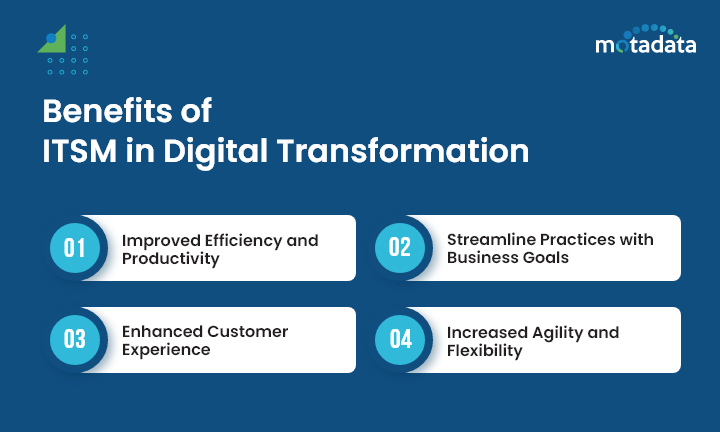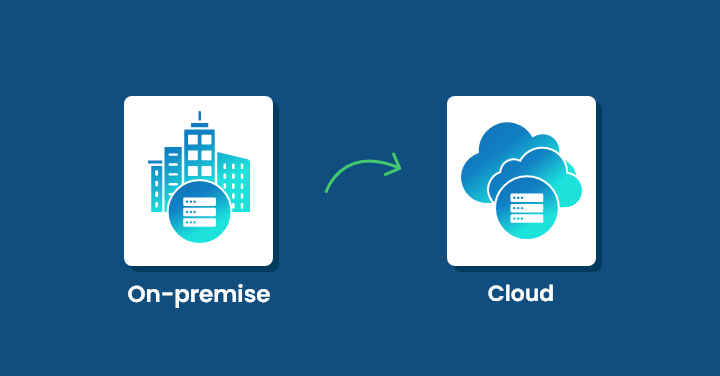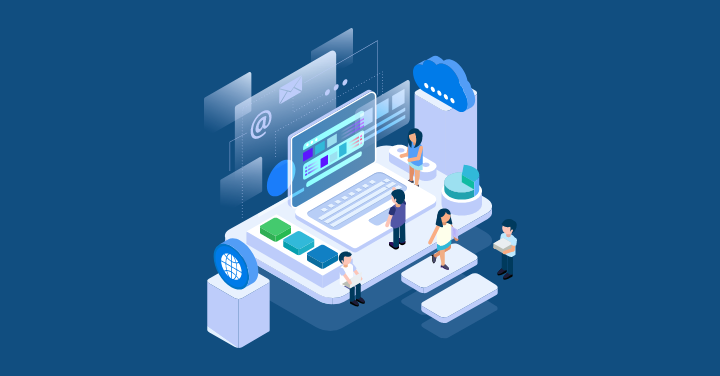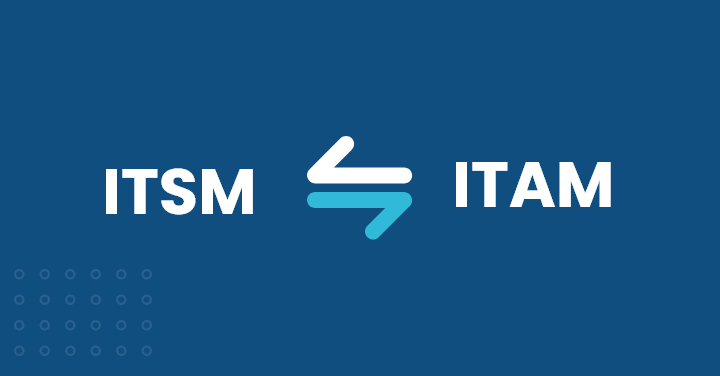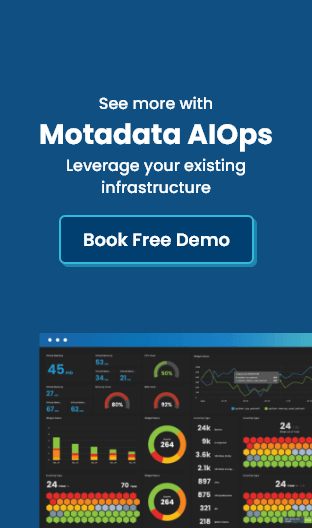In the absence of digitization, IT Service Management (ITSM) confronts various challenges that hamper operational efficiency and compromise the overall effectiveness of service delivery.
Manual processes contribute to inefficiencies, slower response times, and increased risks of manual oversight. Limited automation and the lack of workflow automation impede the ability to streamline routine tasks.
Users face a suboptimal experience due to restricted self-service options, and data silos emerge as information remains isolated. The absence of analytics and insights limits data-driven decision-making, hindering the optimization of ITSM processes.
Non-digitized ITSM also struggles with inflexible processes, dependency on physical resources, and challenges in remote accessibility, impacting the agility and adaptability of the organization.
Security concerns, compliance challenges, scalability issues, and delayed problem resolution further underscore the importance of digitization in overcoming these obstacles and aligning ITSM with the demands of the modern digital landscape.
Read on to discover how digital transformation is the basis upon which businesses can build and withstand technological development.
ITSM and Digital Transformation
What is Digital Transformation?
Digital transformation empowers organizations to evolve, innovate, and thrive in the digital age by leveraging technology to drive positive changes in operations, interactions, and overall business strategies.
It benefits end users by providing them with improved accessibility, personalized experiences, faster and more efficient services, and a secure, collaborative, and innovative digital environment.
The desired outcome of a digital transformation is to make the company more agile, opening access to new business models, and especially to new customers and revenue streams.
How does ITSM play a vital role in facilitating digital transformation?
Digitization transforms service management by introducing digital tools and methodologies that improve efficiency through collaboration, user experience, communication, and adaptability.
It enables organizations to deliver services more effectively, align with business objectives, and stay responsive to the evolving needs of the digital era.
4 Benefits of ITSM in Digital Transformation
1. Improved Efficiency and Productivity
ITSM composes processes, automates tasks, and establishes uniform workflows, resulting in heightened operational efficiency.
This comprehensive approach optimizes resource allocation, reduces manual workload, and eradicates unnecessary duplications, further strengthening organizational productivity.
2. Streamline Practices with Business Goals
ITSM in digital transformation aligns IT services closely with business objectives by prioritizing efficiency, adaptability, and risk management.
This framework ensures that IT strategies support business goals by optimizing operational costs, fostering agility, and emphasizing a customer-centric approach.
Through data-driven decision-making and a culture of continual improvement, ITSM empowers IT initiatives to consistently contribute to advancing overall business objectives.
3. Enhanced Customer Experience
Delighted customers is the ultimate goal of every business. ITSM plays a crucial role in augmenting the customer experience during digital transformation by simplifying processes for efficient service delivery.
It ensures prompt issue resolution, personalized services, and quicker responses, leading to higher satisfaction. Integrating self-service, continual feedback-driven enhancements, and a customer-centric approach builds trust and aligns IT services with evolving customer needs in the dynamic digital sphere.
4. Increased Agility and Flexibility
ITSM serves as a compound for amplifying organizational agility and flexibility. It enables faster adaptation to technological changes, market trends, and evolving customer needs.
Through streamlined processes, agile service deployment, efficient change management, and a culture of innovation, ITSM nurtures flexibility, enabling quick adaptation to dynamic environments while promoting collaboration and competitive responsiveness.
Role of ITSM in Digital Transformation
The following points describe how ITSM plays a critical role in steering digital transformation by serving as the foundational framework for businesses:
1. Understanding what ITSM is in the Digital Age
ITSM is more than just a framework or a set of rules. It is the pillar for managing and delivering IT services within an association.
As associations heavily depend on technology to accelerate operations, ITSM ensures that these services are skillfully delivered and aligned with the business objectives.
2. Simplifying Operations for Proficiency
One of the major functions of ITSM in digital transformation is simplifying the operations. By incorporating uniform processes, mechanizing tasks, and focusing proficiency, ITSM elevates the workflows. This simplification leads to higher productivity, minimum downtime, and optimum utilization of resources.
3. Smoothing a Data-Driven Approach
Data is the core of Digital transformation, encouraging innovation and growth. ITSM applications facilitate the collection, analysis, and utilization of data insights and allow organizations to craft well-informed, planned decisions.
This data-driven approach acts as a critical component for informed actions, fostering innovation and guiding organizations towards sustainable growth in the dynamic digital period.
Main Challenges of Digital Transformation
Every new transformation comes along with a bundle of challenges. And these can be overcome in various ways. Some of them include:
1. Data Management and Privacy:
In this digital world, how safe your details are is a matter of concern. Digital processes often generate huge amounts of data and managing them while following the data privacy policies is quite challenging. Safeguarding data precision, trustworthiness, and privacy becomes important in the face of increasing data volumes.
2. Reluctance to Change:
New technology means new ways, instruments, tactics, etc., and all this newness poses a threat to the minds of the employees wedded to traditional IT methodologies.
Overcoming this hurdle demands skilled change management, transparent communication, and continuous employee involvement.
Internal resistance can hinder progress, as employees resist new technologies and workflow modifications, impacting the transformation’s speed and success.
3. Filling the Skill Gap
With the implementation of digital transformation, the need for new skills and expertise that the existing workforce may lack arises.
This makes the organizations initiate training and upskilling programs for the employees. The rapid evolution of technology usually creates a shortage of professionals skilled in new digital tools, posing a challenge for organizations to bridge the skill gap and empower their workforce for the digital era.
4. Complexity in Integrating Old and Dusty Systems
Integrating new digital tools and systems with existing infrastructure presents complex challenges, demanding careful planning and expertise to ensure seamless interoperability.
The failure to handle integration issues might result in service distractions and escalated costs. This process becomes challenging as it involves incorporating new digital technologies into established traditional systems and encounters obstacles such as integration, data migration, and compatibility issues.
Examples of How ITSM is Driving Digital Transformation
Here are a few examples of how organizations are using ITSM to drive their digital transformation:
1. Healthcare Sector:
ITSM supports the assimilation of electronic health records (EHR) systems within the healthcare sector. These systems streamline patient information management, elevate data precision, and authorize healthcare providers to access crucial patient data efficiently.
Driven by ITSM, this digital transformation in healthcare adopts enhanced patient care through the secure and seamless exchange of information among healthcare professionals.
2. Financial Services:
ITSM drives digital transformation within the financial industry by applying robust cybersecurity measures. ITSM frameworks help financial institutions protect sensitive customer data, prevent cyber threats, and ensure regulatory compliance. This enhances the trust of customers, provisions secure transactions, and strengthens the overall resilience of financial systems.
3. Telecommunications:
In the telecommunications sector, ITSM plays a vital role in facilitating the introduction of cutting-edge network services. ITSM frameworks aid in overseeing intricate network infrastructures, empowering providers to guarantee network dependability, effectively handle service interruptions, and satisfy the escalating need for high-speed connectivity.
Conclusion
To wind up, ITSM acts as a key player in the success of a company’s digital transformation journey. By effectively embracing and leveraging ITSM frameworks, organizations can optimize operations, enhance customer experiences, drive innovation, and position themselves for sustained growth and success in the digital age.


